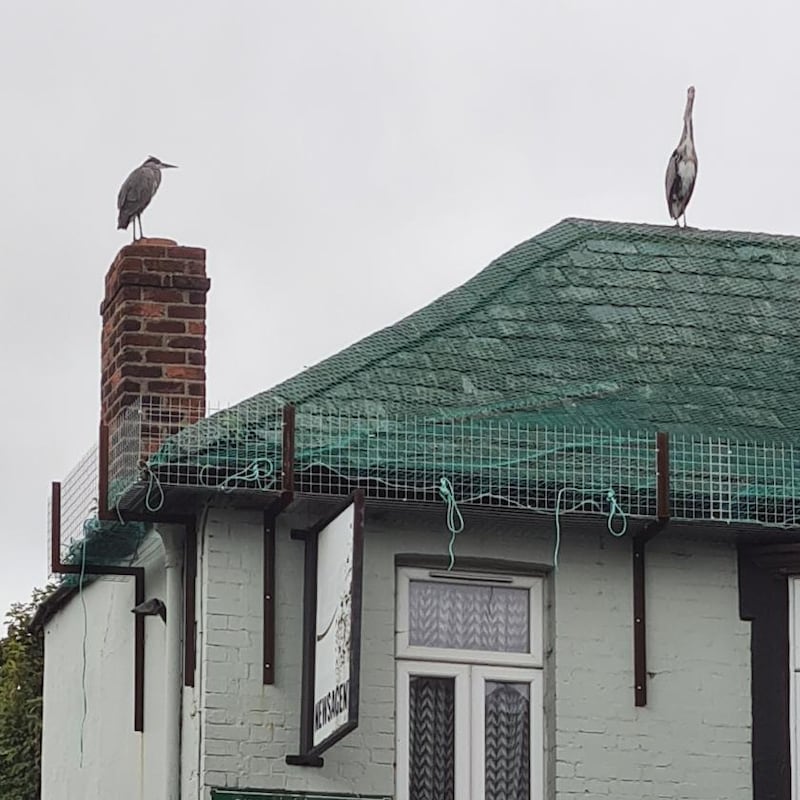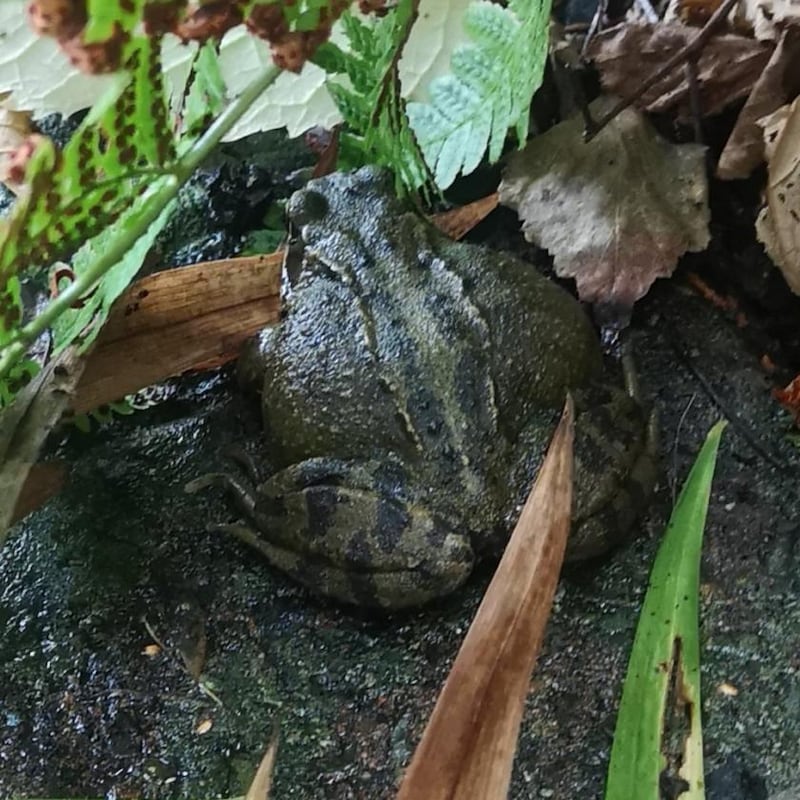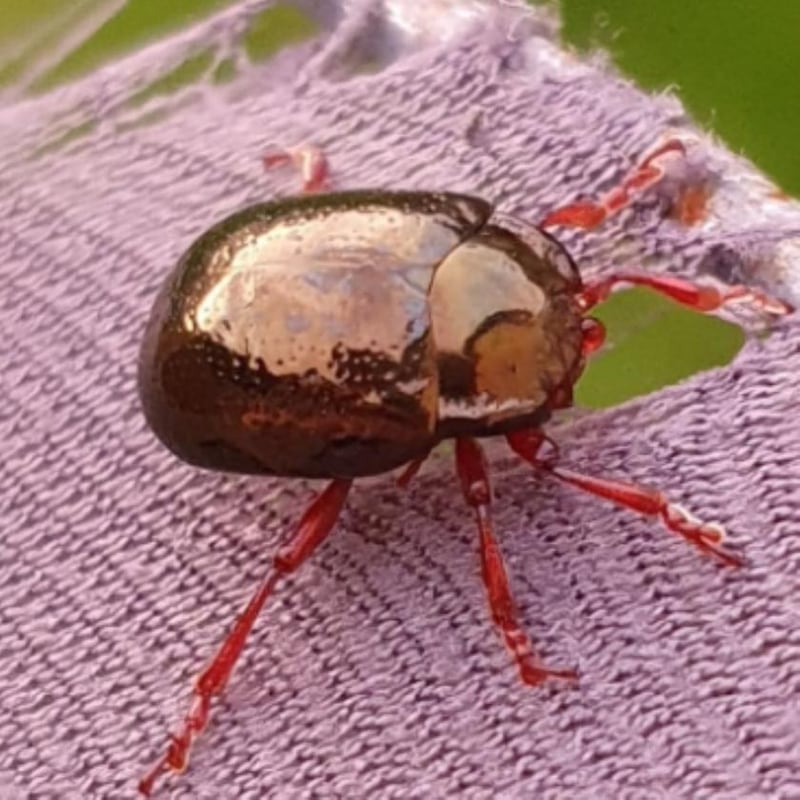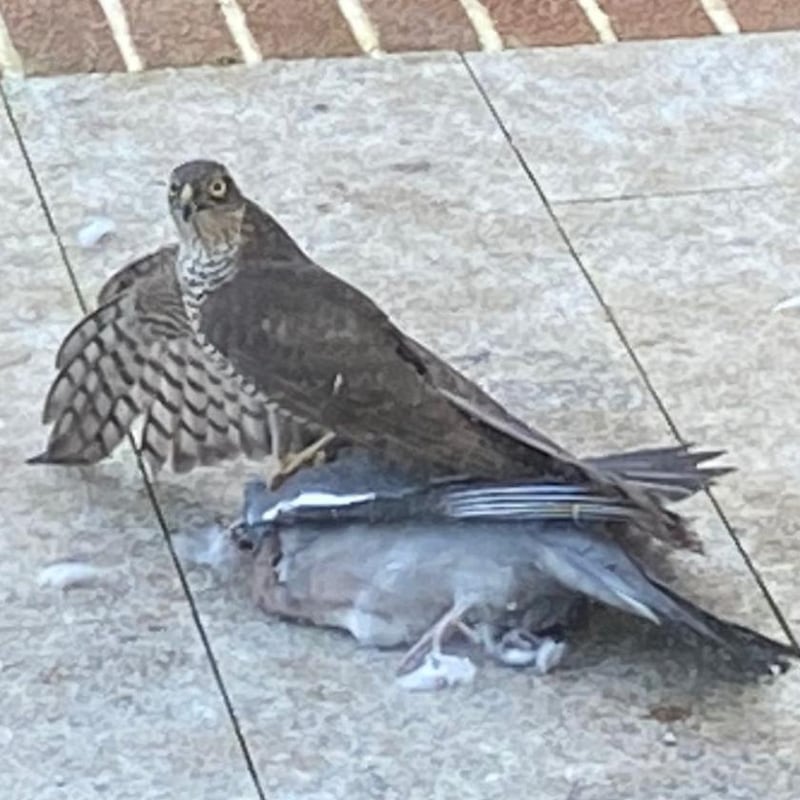I spotted this little chap enjoying the autumn sunshine while resting on brambles in Gurtymadden, Co Galway. Is it a butterfly or moth? – Padraic Walsh
It is a comma butterfly. This used to be an irregular migrant but is now established here and spreading from the southeast. There are two broods per year; the second generation, which appears in September, hibernates as an adult.

Here are a pair of northsider herons (my dad calls them cranes) surveying the Dublin cityscape. – Eamon O'Loughlin
These long-legged, long-necked birds are still sometimes called cranes. Cranes became extinct as breeding birds in Ireland due to the drainage and destruction of their breeding habitats. A pair (or maybe two pairs) of real cranes have recently bred in restored cutaway bog in the midlands.

I live in an urban area with no rivers nearby. I found this toad in my garden recently. What type of toad is it and how might it have got into my garden? The only water feature there is a shallow steel bowl near where I found him. – Claire Kennedy
Readers are asked to give locations for their queries because knowing where the specimen was sighted is a vital bit of information. Common toads are not part of the native fauna but specimens have been sighted in south Co Dublin and in Rathmullan, Co Donegal. An unwelcome invasive species, it only needs ponds for breeding and otherwise can live away from water. Toads don't hop, they walk.

Could you identify this little creature found in a garden in Navan? – Mary Kavanagh
It is a leaf beetle, Chrysolina banksii, distinguished by its bright red legs and metallic-coloured body. It resumes feeding in autumn after summer aestivation, mostly on plantain.

Is this a peregrine falcon eating a pigeon in my garden? – Graham Porter, Blackrock, Dublin.
It is a female sparrowhawk.
Have you a nature query, observation or photo you would like to share with The Irish Times? Submit it, with location of the image, via our website irishtimes.com/eyeonnature




















